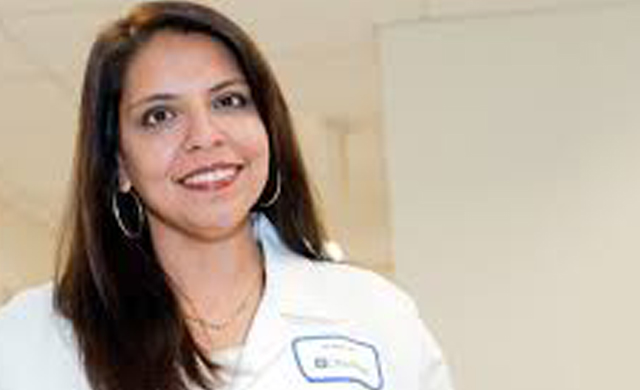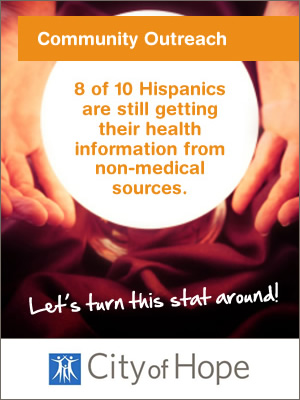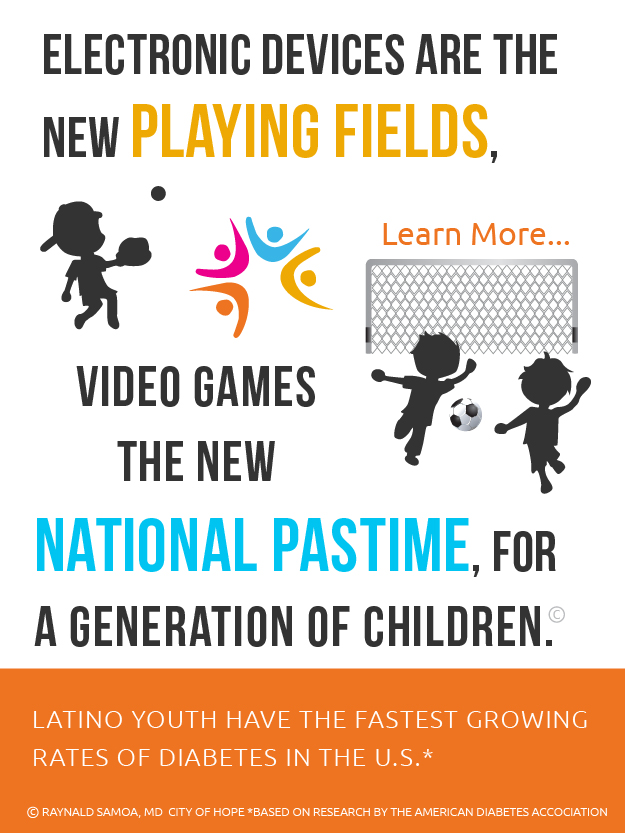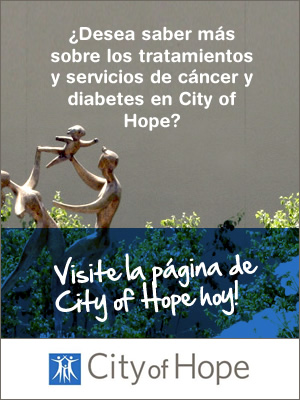
The Whole Team Approach to Treating the Whole Patient
10/08/2015 04:58PM | 8562 viewsAt the end of her previous article, “Treatment and Research Directions for the Older Cancer Patient,” Arti Hurria, M.D., Director, Cancer and Aging Research Program at City of Hope, was asked: How do you treat the older patient who is isolated and doesn’t have a social support group? The support network of family and friends that a person has provides a crucial role during treatment, but in cases where it is lacking, Dr. Hurria’s whole team approach to treating the whole patient serves as a de facto support system.
According to Dr. Hurria and her team, social support outside of the clinical setting is incredibly important to many aspects of care and recovery. This is why, with the patient’s permission, they openly encourage the involvement of family and friends, as it makes it more likely the patient will follow up on their treatment plan and appointments, take their medications, and get the rest and nourishment that they need. This is all in addition to the companionship and psychological support that others provide by being there for the patient and listening to their cares and concerns.
But in cases where older adults may not have a social support network or feel they can’t or don’t want to burden family, the clinical team may have to provide this role as well. These cases provide a clear example of the need and benefits of the holistic approach of treating the whole patient.
So how does the holistic approach to treatment work?
Dr. Hurria was recently part of an Institute of Medicine report that talked about the quality of cancer care and the importance of a multidisciplinary team, where everyone brings something different to the table – unique skill sets and expertise that are complementary but integrated.
“For every patient, I work collaboratively with a nurse as part of my core team,” says Dr. Hurria. “Together the team identifies who might need additional resources and services. Depending on their circumstances and condition, we might need to refer them to a nutritionist, a physical therapist, or a psychologist, for example.”
A social worker might also be brought in early on to help older adults who might be struggling with the healthcare system or life in general. Daisy Rivera, L.C.S.W. is a bilingual Spanish-speaking social worker who joined Dr. Hurria’s staff for just such a purpose. She has not only been able to translate for older adults and other patients who may not speak English well or not at all, but she really understands the issues that many Hispanic patients face, and the worries and concerns that they may have when dealing with doctors and illness.
In her role at City of Hope, Dr. Hurria is also focused on moving the research forward on cancer and aging. As such, she’s assembled a research team of individuals, mostly college graduates desiring to go to medical school, and she’s developed a study that they are helping to execute, which provides an additional component of social support for their patients.
According to Dr. Hurria, the study brings an added measure of closeness between team members and patients, as they begin to connect with patients on their own. The team administers the questions, summarizes the results, and brings to her attention any areas of concern, such as flagging for anxiety or depression. The extra layer of support provided by the research team is very powerful and effective, because they really bond with the patients, build relationships, and follow them through the course of their treatment.
Dr. Hurria illustrated just how crucial this extra support can be when she related this story about one particular patient:
“We had a patient who was a very important leader in the Hispanic movement in the 60s and 70s. She was very humble and it took months before she told me who she was, but suffice to say she changed history for Latino people across the nation and for women in the workforce. Focused solely on her work and mission, she never married and had no children. In her latter years, she was socially isolated and did not have a support network when she presented with locally advanced breast cancer in her late 80s.
“Recognizing her isolation during a serious time in her life, our clinical team became the main source of social support over a three year relationship, as did our research team. So much so that one research assistant wrote his essay for medical school admission about his experience caring for this patient.
“Reading his essay about this amazing woman, her culture, the opportunity (we all had) to interact with her, made me realize the power of these relationships with our patients and that it’s really a two-way street of helping each other. The patient was so proud that he was going to medical school and that she was able to play a part in that.”
It’s a sign of the giving nature of the Hispanic culture and of this woman in particular. Even in her circumstances, she was equally if not more concerned that she was able to help someone else. For Dr. Hurria and her team, it was an eye-opening experience about the culture and also about the reciprocal benefits of providing social support to their patients.
Concludes Dr. Hurria: “The most important part of our job is to not only treat the disease but the whole person. And that means not just the physician but the whole team. That’s how I introduce the members of my team. They are my partners. They’re your healthcare provider just as much as I am.”











Post your Comment
Please login or sign up to comment
Comments